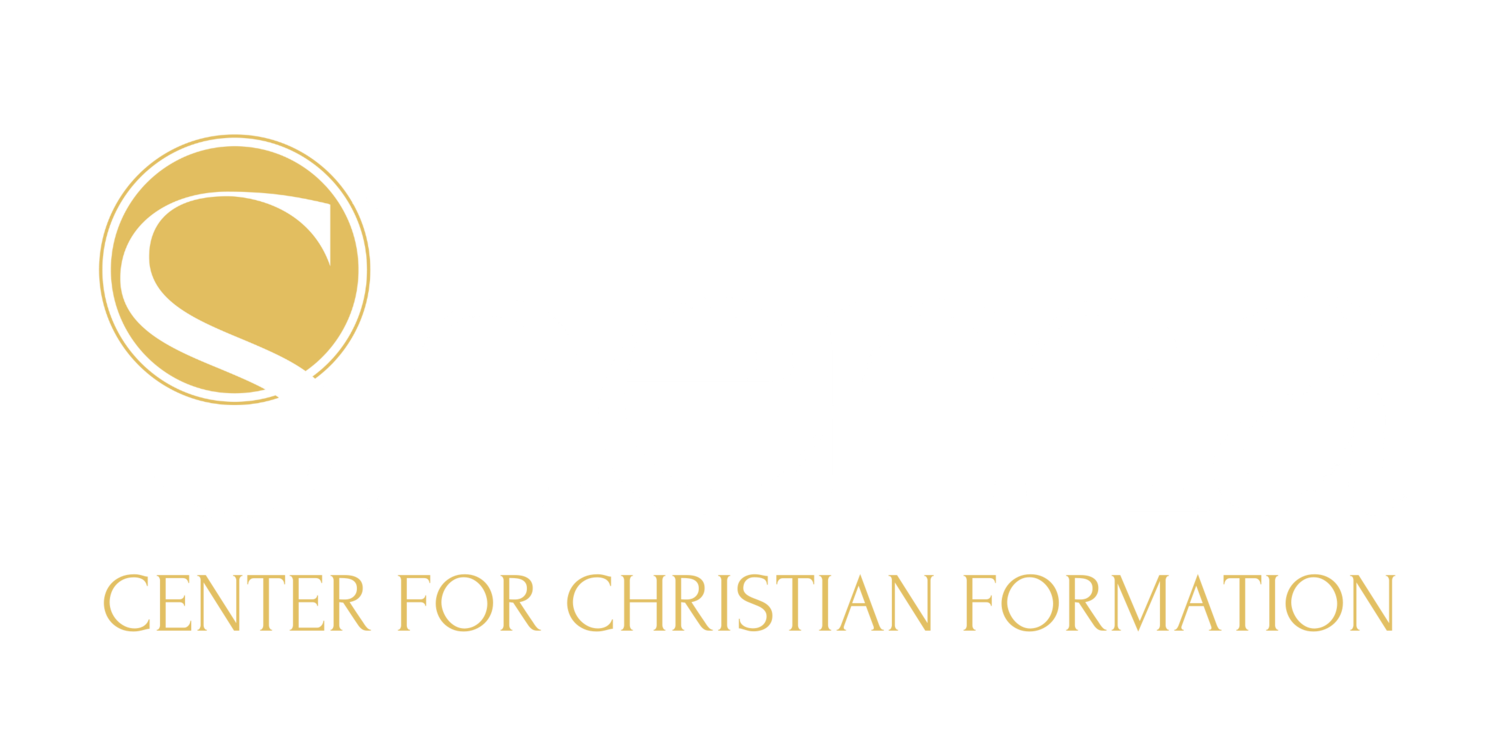Below are all of the episodes from our Beholding the Faith series in chronological order for easy access.
We look at how people captivated by a vision of God have crafted everyday materials we can grasp like cloth or stone or metal and arranged very basic things like sound and color and shape, to help finite creatures seek and know an infinite God.
This time we look at the difference between art and craft as an object we consume, and art as an initiation into an exploration of deeper realities, and the Old Testament Tabernacle as an example of a work of art that helps us explore God.
We explore the sweat, frustration and repetition it takes to get good at something like music or baseball or sketching or worship, and ask what makes this all worthwhile.
Art intentionally arranges things and builds on our expectations to help us see, hear, feel, or otherwise notice something.
This time we look at instances where Jesus artistically arranged things, and explore why arrangements that help us seek and know God should not always be pleasing to us.
Our senses, feelings, and initial perceptions are notorious for misleading us. So we look at the process of refining our senses and feelings so they can get involved in helping us explore reality, perhaps even realties beyond death.
We explore some specific artistically formed words, to see how they can not just express grand thoughts about God and God’s beautiful desire to reconcile the world, but help us better enter the concrete realities of some of the most difficult and painful issues of our day, to really experience miraculous reconciliations.
Our featured guest for this episode and the next is M'Lynn Martin. Find her writings on Instagram (link in her bio) under the handle @mlynn.martin.
We continue our conversation on black art and theology with M'Lynn Martin to explore how the creative process can help us face and move through the painful parts of our world.
We look at how liturgies that arrange ordinary objects and our everyday habits to shape our hearts and minds are not just things that happen in some worship services but also in our entertainment and work commutes and, well, everything really. Then we look at how the structure of good liturgy opens up surprising creativity and connections with others.
We explore the journey of Christian worship and art that takes us from catacombs to cathedrals, and why a strange setting that confronts our senses with both life and death might be just right for our exploration of God. Then we use all this to help you try to discern which are genuine expression of Christian worship and action against the backdrop of our current pandemic.
We look at a specific passage from the book of Revelation to see how this is not some cypher to be decoded for information about the end of the world, but an example of how words can be arranged and used as symbols that re-present the form of Jesus of Nazareth, and impress that image on our very souls.
We look at a particular form of religious art where the artist intentionally withholds both their talent and their subjective take on the world to form purple, gold, red, blue, and some clothing and hand gestures into something that can help you see the truth of the world.
We explore the musical and theological importance of harmony, to see how music might help us appreciate the real difference between heaven and earth.

